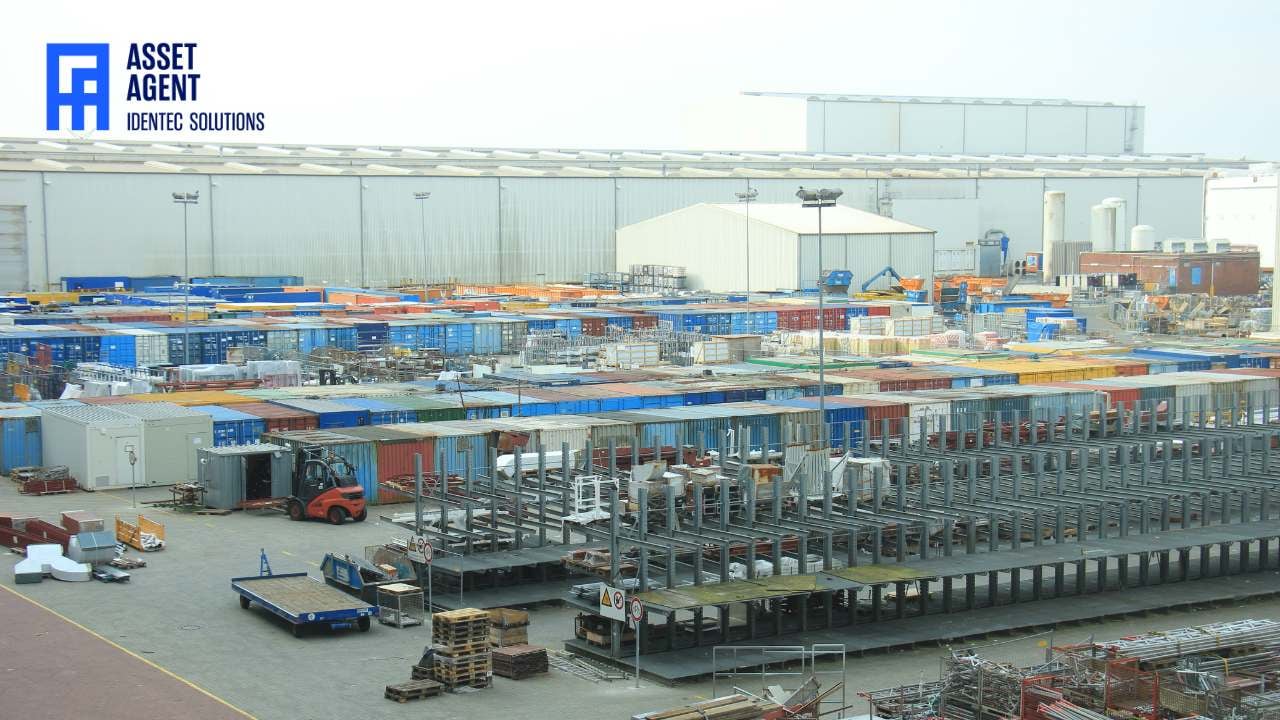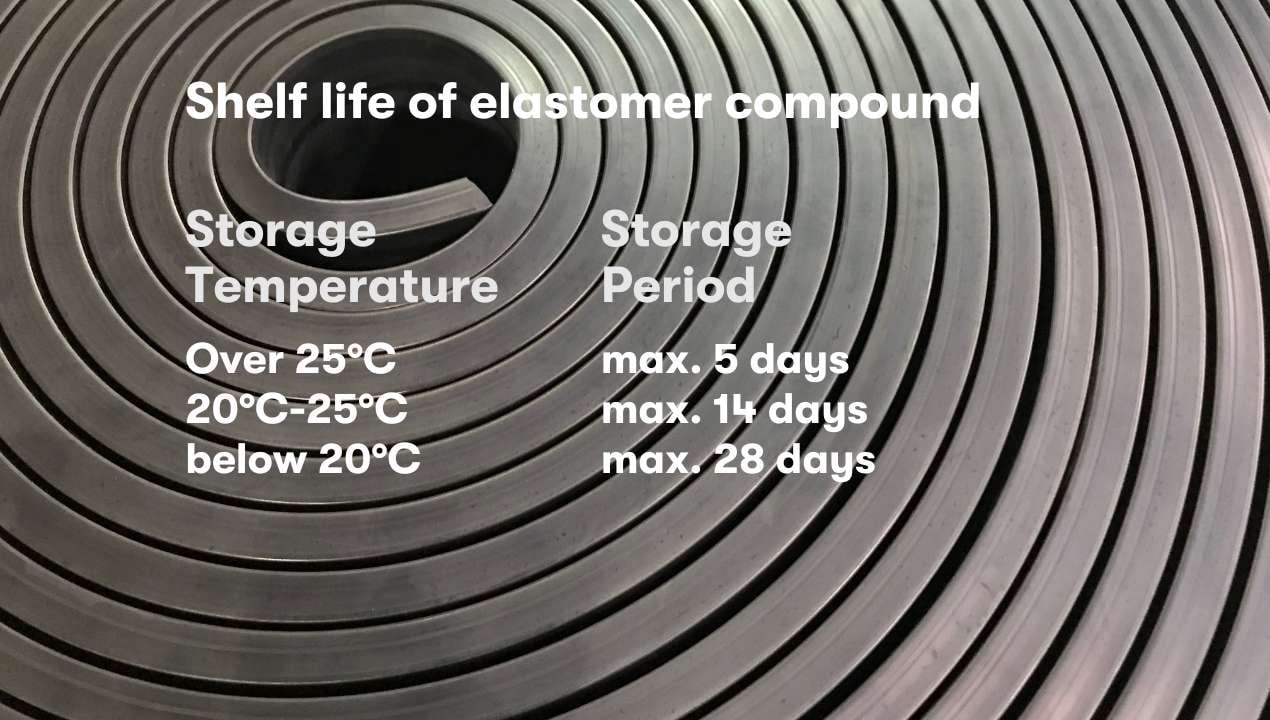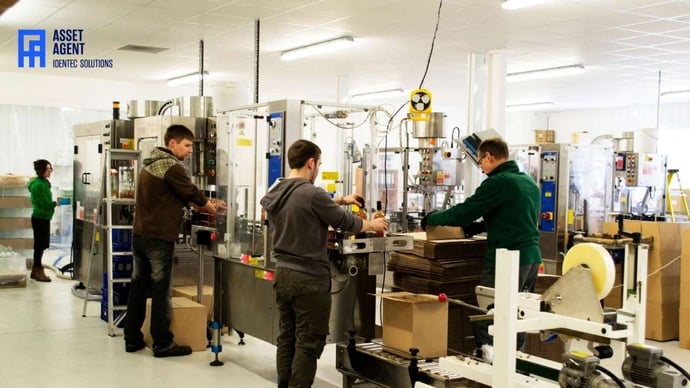What is FiFo and why is it important
| Written by Mark Buzinkay

No video selected
Select a video type in the sidebar.
What is FiFo and why is FIFO important?
FiFo means "First-In, First-Out" and is a method used in inventory management to ensure that the first items entering an inventory are the first ones to leave when it comes time for shipping or sale. This helps to prevent wasting resources on old products and ensures that customers receive the freshest stock possible. Additionally, FiFo is essential in production and manufacturing processes as it ensures that each component is used in the correct order to produce a finished product (read more about the inner workings of the assembly line).
According to a 2023 article by the New York State Society of Certified Public Accountants (NYSSCPA), an estimated 55% of companies in the S&P 500 used the First-In, First-Out (FIFO) method as their primary inventory accounting method, while 15% used Last-In, First-Out (LIFO).
The remaining companies employed other methods, such as average cost or a combination of methods. These figures are based on annual reports from 2021 and 2022, as cited by Credit Suisse Group AG. (1)
By following a FiFo system, businesses can enjoy several benefits, including improved customer satisfaction due to receiving the freshest products available; reduced costs from stocking only what is needed instead of buying in excess; and better efficiency from using components correctly during production processes. It also allows businesses to quickly identify discrepancies in inventory, make adjustments to stock levels rapidly and keep their operations organized.
Overall, FiFo is a crucial tool for businesses of all sizes as it helps to ensure that the right products are shipped to customers, components are used correctly, and costs remain under control. In addition, by implementing a FiFo system, businesses can better manage their inventory and increase efficiency across the board. This will lead to higher customer satisfaction rates and ultimately increased profits.
If you are interested in automated manufacturing, continue reading here...
Benefits of using FiFO in inventory management
The benefits of using a FiFo system in inventory management are numerous. The most obvious benefit is that it helps to reduce costs by ensuring that businesses only stock what is needed rather than buying in excess and then having to throw out older stock. Additionally, it improves customer satisfaction as customers are more likely to be pleased with the freshest products available when they purchase from a business.
Moreover, FiFo can help businesses run more efficiently and reliably by ensuring that the right components are used in the correct order throughout production processes. This can help minimize delays or defects caused by using outdated components, allowing for smoother operations across the business. Finally, FiFo allows businesses to easily identify discrepancies in their inventory and adjust quickly so that their operations remain on track.
Overall, implementing a FiFo system in inventory management can provide businesses with numerous benefits that will help to increase efficiency, reduce costs and improve customer satisfaction. By leveraging the power of FiFo, businesses can better manage their inventory and ensure that all operations run smoothly and efficiently.
Why Should Every Business Implement a FiFo System?
Every business should consider implementing a FiFo system in order to improve efficiency, reduce costs and increase customer satisfaction. This is particularly true for businesses that rely on their inventory for sales or production purposes. It will help them keep track of stock levels and ensure that the freshest products are shipped out to customers. Additionally, using a FiFo system can also help businesses identify discrepancies in their inventory quickly so they can make necessary adjustments easily. In addition, following a FiFo system can ensure that components are used correctly within manufacturing processes, reducing the risk of delays or defects due to outdated materials.
Overall, there are numerous benefits to be gained from using a FiFo system for inventory management, and every business should consider implementing one because of the following:
- Improved customer satisfaction
- Reduced costs
- Increased efficiency levels across the business
- Accurate tracking of product ages
- Prevention of wastage of resources on old products
Business case: tyre industry
Tyre manufacturing is a complex and delicate process. First, tyres are made of dozens of components, following a multi-faceted manufacturing process for various tyre types. The main ingredient is rubber, which makes up the majority of the final product. The quality of rubber used defines the quality of the final product in terms of stability, longevity, safety, and grip.
Rubber is an organic material that has a limited shelf life. Untreated, raw rubber, also known as natural rubber latex, can typically be stored for a few months before it begins to degrade if kept under proper conditions. Here are a few factors that affect its storage life (2):
- Temperature: Rubber should be stored in a cool place, ideally between 10°C and 20°C (50°F and 68°F). Higher temperatures can accelerate the degradation process.
- Humidity: High humidity can lead to the growth of mould and bacteria, which can degrade the rubber.
- Light: Rubber should be protected from direct sunlight and UV light, which can cause photo-oxidation and accelerate degradation.
- Air exposure: Exposure to air, particularly oxygen, can lead to rubber oxidation. It is beneficial to store rubber in airtight containers or cover it with protective wrappings.
Raw rubber can be adequately stored for several months without significant degradation. However, to achieve the best results in subsequent processing and maintain the quality of the rubber compounds produced, it's generally recommended to use the rubber as fresh as possible.
Rubber compounds are intermediate products with various chemical components defining the desired, specific attributes. After this process, they are known as elastomer compounds. Elastomer compounds have a short shelf life—from 5 days to 28 days, depending on the storage temperatures (3). Once the tyre is vulcanized, the shelf life increases to approximately 20 years.

How to Implement a FiFo System in Your Business
Implementing a FiFo system in your business can help to increase efficiency, reduce costs and improve customer satisfaction. However, to ensure the successful implementation of a FiFo system, there are certain steps that businesses should take.
The first step is creating an inventory list detailing all the available products and their respective ages. This will allow businesses to easily identify which products need to be used or shipped out first. Next, it's crucial to organize the inventory by age so that newer items are at the front of the line while older items stay further back. This will help ensure that customers receive the freshest products when purchasing from your business.
Another critical step when implementing FiFo is to set up a system for tracking and recording inventory activities. This will give businesses an up-to-date view of their stock levels at any given time, which can help them quickly identify discrepancies and make necessary adjustments. In addition, businesses should regularly review the inventory list to determine if any products need to be restocked or removed from their shelves.
Finally, it's essential to train staff on how to properly use the FiFo system in order to ensure that all operations run smoothly. For example, employees should be aware of the importance of using newer items first, familiarize themselves with the inventory list, and be able to identify discrepancies in product ages quickly. Additionally, employees should also be taught how to record and track inventory activities so that businesses can identify any issues or differences in their stock levels quickly.
By following these steps, businesses can successfully implement a FiFo system in their operations and gain the numerous benefits it provides. This will help to increase efficiency, reduce costs and improve customer satisfaction by ensuring that customers receive fresher products when they purchase from your business. Businesses will also be able to quickly identify any discrepancies in their inventory so they can make necessary adjustments easily. With the right approach, companies can maximize the benefits of using a FiFo system for their inventory management needs.
In short, implementing a FiFo system should include the following steps:
- Set Clear Goals and Objectives for Inventory Control and Management with FiFo
- Utilize Barcode or RFID Technology for Automation of the FiFo System
- Create a Clear Process for Recording and Tracking Inventory Movements
- Monitor and Analyze Inventory Data to Identify Improvements
- Train Staff on Proper Use of the FiFo System
Takeaway
In conclusion, implementing a FiFo inventory system can offer numerous benefits to businesses, such as improved customer satisfaction, reduced costs, increased efficiency levels across the business, and more accurate tracking of product ages. Businesses need to set clear goals and objectives for inventory control, utilize barcode or RFID technology to automate the FiFo system, create a straightforward process for recording and tracking inventory movements, monitor and analyze inventory data to identify improvements, and train staff on the proper use of the FiFo system. By doing so, businesses can make the most out of their inventory with a FiFo system.
Ultimately, using a FiFo system can help businesses stay organized, reduce waste of resources on old products, improve customer satisfaction levels and increase efficiency across their operations. For any business looking to maximize its profits while reducing costs and increasing customer satisfaction levels, implementing an effective FiFo system is a must. Learn how Asset Agent can help you to set your FiFo right.
Dive deeper into our collection of articles about Real time locating system!
Glossary
Inventory management is the process of tracking, controlling, and optimizing a company’s inventory levels to ensure the right products are available at the right time while minimizing costs. It involves forecasting demand, ordering, storing, and distributing goods efficiently. Effective inventory management balances customer satisfaction with cost savings, preventing overstocking or stockouts. Techniques include Just-In-Time (JIT), ABC analysis, and economic order quantity (EOQ). (4)
Sources:
(2) Walker Rubber
(3) Continental
(4) Chopra, S., & Meindl, P. (2020). Supply Chain Management: Strategy, Planning, and Operation.
Note: This article was updated on the 10th of January 2025

Author
Mark Buzinkay, Head of Marketing
Mark Buzinkay holds a PhD in Virtual Anthropology, a Master in Business Administration (Telecommunications Mgmt), a Master of Science in Information Management and a Master of Arts in History, Sociology and Philosophy. Mark spent most of his professional career developing and creating business ideas - from a marketing, organisational and process point of view. He is fascinated by the digital transformation of industries, especially manufacturing and logistics. Mark writes mainly about Industry 4.0, maritime logistics, process and change management, innovations onshore and offshore, and the digital transformation in general.




